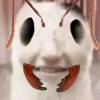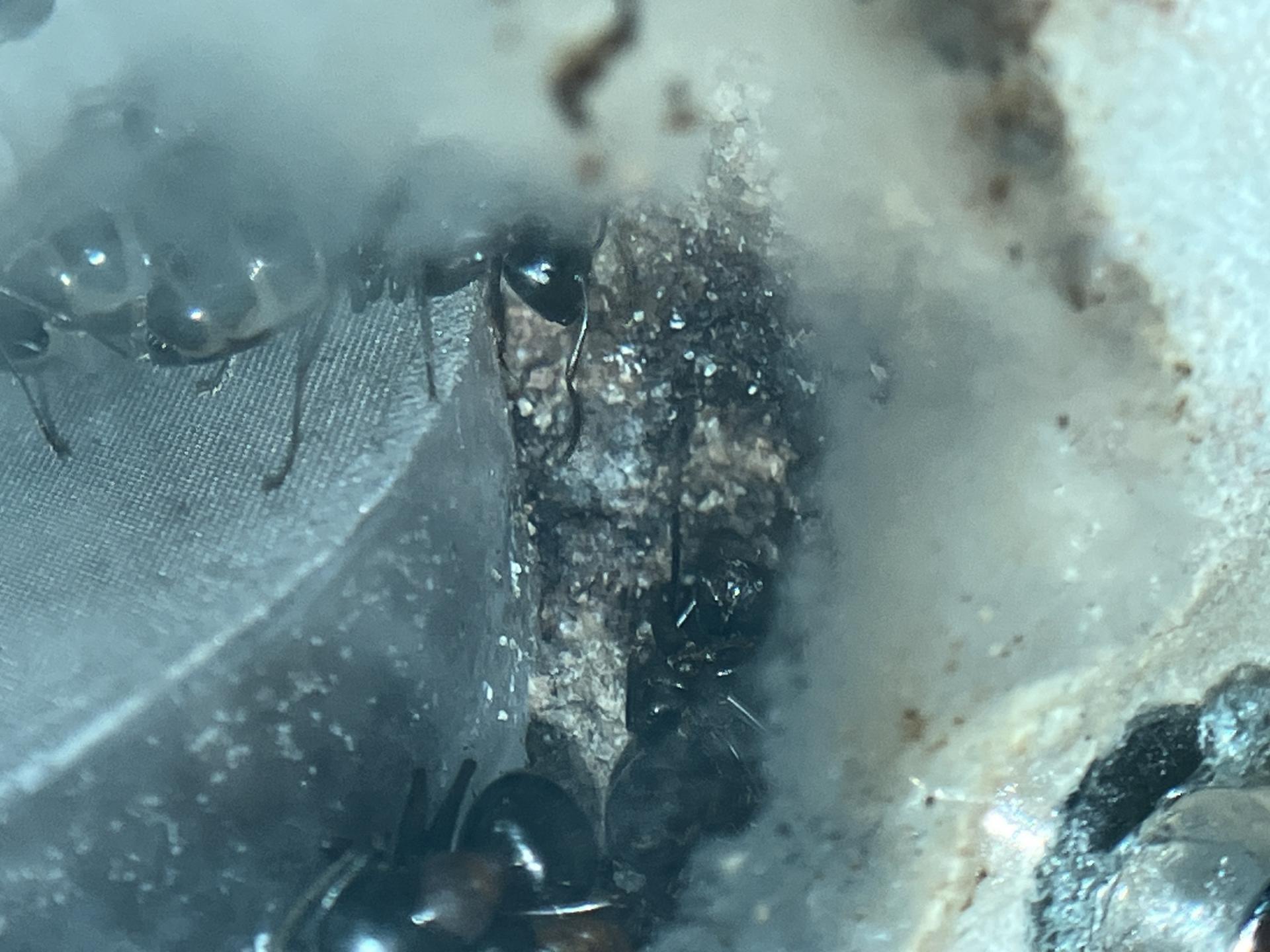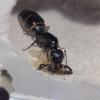I caught a Camponotus novaeboracensis queen (my first colony) last spring and brought the colony out of diapause last week after 4 months. They're housed in a mini hearth with maybe 30-40 workers. Before the winter, I had been feeding them fruit flies, sugar water, and the occasional vacuum-sealed cockroach from the pet store. This year, I also added frozen crickets to their diet, but that's the only change I've made.
I wasn't too worried when I saw the 3-4 dead, probably nanitic workers that ended up shredded and in the garbage pile the first few days after diapause ended. But there are currently ~5 much larger workers, resembling majors, that can't be old enough to die of old age yet lying dead in the mini hearth. If they were there immediately after hibernation ended, I certainly didn't notice them. There have also been more shredded ant remains appearing in the trash pile, at least 3 within the last 2 days.
I also recently noticed an unidentifiable black/brown spot in the corner of the formicarium right beside the water tower. It was difficult to see due to the foggy glass in this area, but I attached a photo (featuring two dead workers). I'm also concerned by the brown gunk covering the glass in this same area, but the rest of the nest looks completely clean. I do have a stronghold (which I intended to use later) that I could move them to if needed.
Are these deaths cause for concern? Could they be connected to the filth that appeared in the formicarium? Would it be worth the stress of moving them into a THA stronghold to clean the stain? Thank you so much for any help.
















